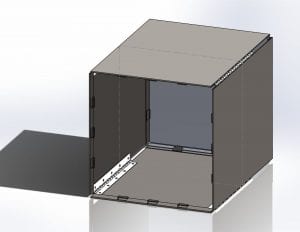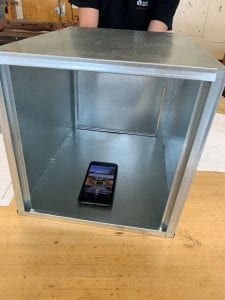Zelin Cai
Computer Engineer
Expected Graduation: May 2021
Hardware and Software Locker Team
I was born in China on October 22, 1997 and moved to San Francisco when I was around 2 years old. Because I moved so early in my life, I don’t know too much about my Chinese culture. As I grew up, I got into video games especially the difficult ones because it taught me how I can overcome obstacles if I apply myself. Another hobby that I got into was building miniatures because I like the feeling of putting something together by myself. Both of these hobbies pushed me go into computer engineering because while it is difficult, I can become better and eventually succeed and it allows me to build things in lab that I can show people.
Initially, I picked EPICS because I needed a tech elective and I didn’t have the requirements for the other electives. As the weeks went by, I learned a few things like how to work in a team and why the whole team needs to be informed. These lessons can help me later in life when I work with other engineers on projects. This class has also taught about things that I wouldn’t learn in my other class like how to write a resume and what to do in an interview.
After graduating, I hope to find a full-time engineering job but it might be difficult since I haven’t found an internship yet. I’ll also probably pursue my Master’s Degree so that I have better opportunities in the future.







